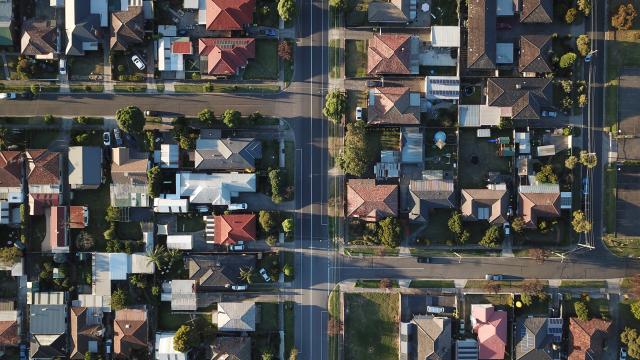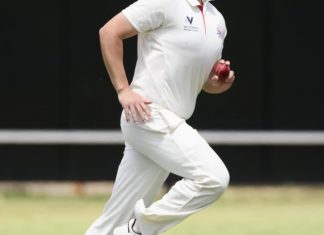Liam McNally
Rental “pain” is not felt equally throughout the Melton municipality, with different suburbs rating among the best and worst in the west according to new data from Suburbtrends.
Suburbtrends releases a monthly “Rental Pain Index” (RPI) which scores suburb groups across out of a hundred on rental pain, the score is derived from measuring rental prices, household incomes, vacancy rates and advertised rentals.
The Melton suburb received an RPI score of 93.39, the second highest in Melbourne’s west. Anything over 75 is considered “extreme” rental pain.
More than 60 per cent of suburbs in the west were in extreme rental pain, with other Melton suburb groups Melton West, Hillside, Taylors Hill and Burnside Heights in the bracket.
While the report says rental pain is broadly being felt across the west, the best performing suburbs were also in the Melton council area.
Eynesbury – Exford was feeling the least rental pain in the west with a score of 28.63, followed by Fraser Rise – Plumpton and Rockbank – Mount Cottrell with scores of 31.07 and 31.2 respectively.
Suburbtrends founder Kent Lardner said this month’s Rental Pain Index highlights a concerning trend within the Melbourne market, as we witness a significant uptick in scores, signalling growing distress rather than improvement.
“Historically, Melbourne has offered relatively favourable living conditions compared to income levels,” he said.
“In Melbourne’s West, the Rental Pain Index (RPI) reveals a pressing narrative of rental market stress, marked by escalating rental prices, dwindling affordability, and tight vacancy rates.
“Kings Park emerges at the forefront of this struggle, with an 11.01 per cent jump in rental prices over the past year, pushing 29.42 per cent of renters’ income towards housing costs, amidst a notably low vacancy rate of 0.41 per cent. This culminates in a distressing RPI of 93.48. Close behind, Melton experiences a similar plight, with an 8.82 per cent increase in rents and 32.02 per cent of income consumed by rent, leading to an RPI of 93.39, reflecting a severe affordability crisis.
“The data paints a stark picture of the rental landscape in Melbourne’s West, characterized by rapid rental price increases, a significant portion of income dedicated to rent, and low vacancy rates, all contributing to the high rental pain index scores. This situation underscores the urgent need for strategies to improve rental affordability and availability, ensuring that all residents have access to sustainable housing solutions.”







